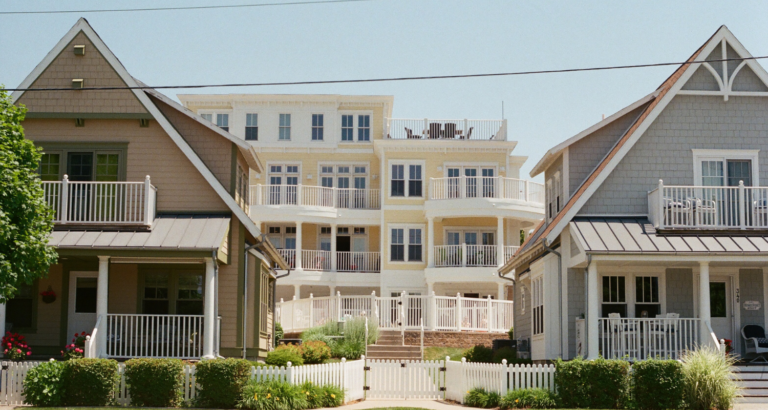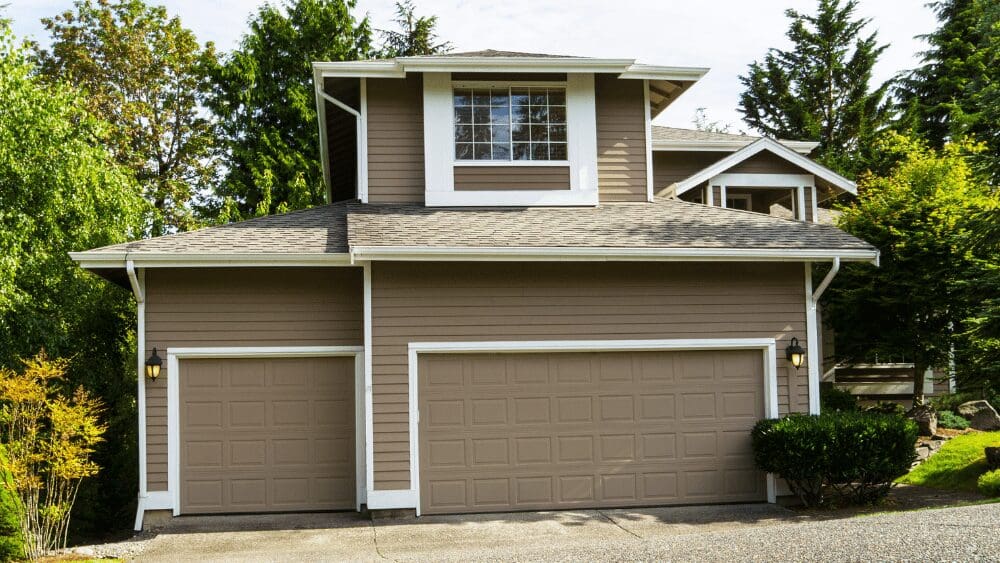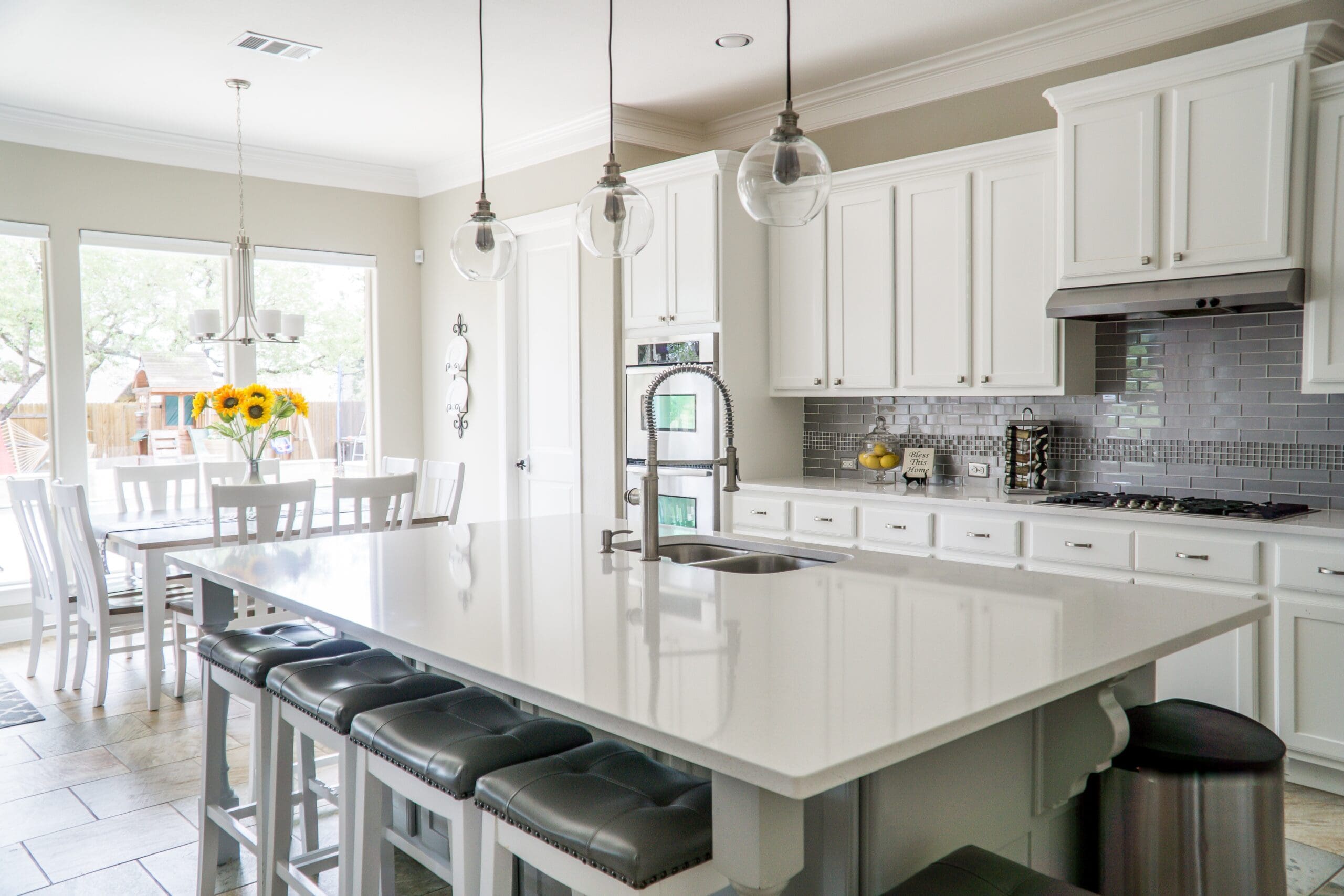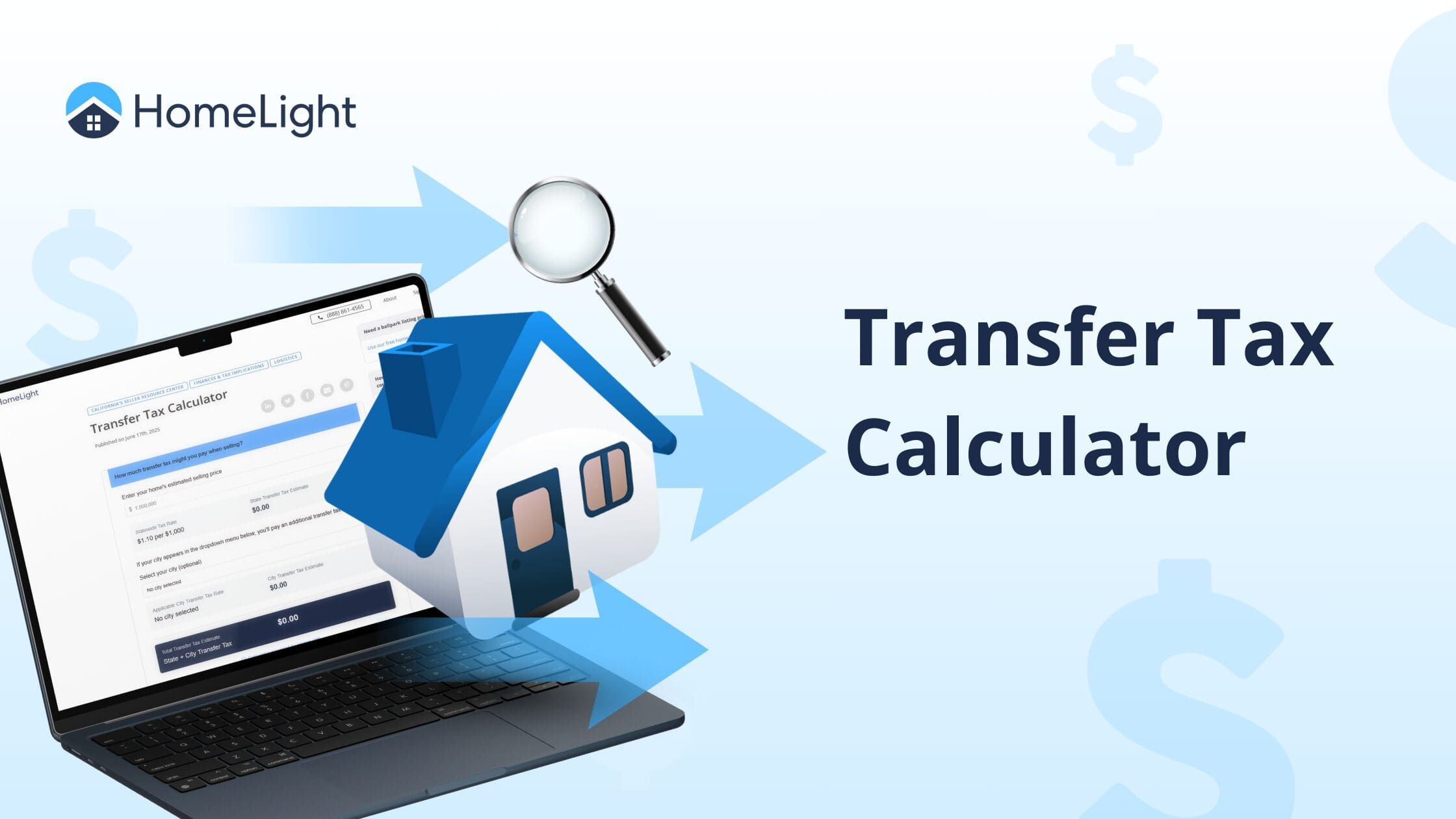
Is the music at the neighborhood bar too loud? Does the park need a little TLC? How about the roads? Are you craving more interaction with your neighbors? Do you love everything about your neighborhood and want to make sure it stays that way? If the answer to any of these questions is yes, it might be time to start a neighborhood association! The purpose of neighborhood associations is to advocate for your neighborhood with local government, improve neighborhood amenities, and organize activities. The format and structure of the group depend on the needs of your immediate community, the residents who live there, and the businesses that operate there. Often, neighborhood associations are organized by the residents themselves, but some cities have organized their neighborhoods into associations — Birmingham, Alabama, organized its 99 neighborhoods into individual groups. Portland, Oregon, boasts 94 neighborhoods that self-govern with bylaws written by their citizens. A neighborhood association welcomes all residents, regardless of whether they own or rent, as well as representatives from local businesses, schools, and churches. When residents, businesses, and other stakeholders work together through a neighborhood association, they can meet the needs of the community and address any issues in a way that individuals can’t do on their own. The purpose of neighborhood associations is to bring together residents from a section of the city who share common goals and want to create a place to meet other residents, share concerns, offer solutions, and create a greater sense of community. Through voluntary participation (that often includes dues) and elected officials, neighborhood associations bring residents together and provide a line of communication with local government to give residents a voice in issues that directly affect them and their families. And their bylaws can govern the appearance of properties, keep up local amenities, and fund community activities. By contrast, a homeowners association (HOA) is an organization that can require participation if you live in the subdivision, planned community, or development that it oversees. HOAs generally enforce rules for the property, which can include its exterior appearance, fencing, rental rules, and shared spaces. The mandatory fees also pay for the upkeep and maintenance of shared spaces and common areas. HOAs offer a variety of benefits, but they can also have restrictive rules and high fees. In some areas, the terms ‘homeowners association” and “neighborhood association” are interchangeable. For instance, Glennda Baker, a top real estate agent in Atlanta, Georgia, says that “in Georgia, they are one and the same.” Neighborhood associations and HOAs both fall under the umbrella of a community association. A neighborhood association has many benefits for its residents and the community as a whole. Unlike HOAs, whose membership is made up of homeowners in the development, neighborhood associations encourage homeowners, renters, businesses, schools, and churches to participate. This inclusive structure builds bonds within the community, allowing issues and concerns to be addressed with knowledge of the neighborhood’s varied needs. Knowing your neighbors has the potential to positively impact your mental health and well-being. Having a neighbor who you can turn to with an immediate need or who you know will watch over your house when you’re away increases a sense of security at home. And when you know your neighbors, you’re more likely to respect the neighborhood. According to the Neighborhood Organization Toolkit in Aiken, South Carolina, a neighborhood association can help to build a foundation of respect and awareness of neighbors, leading to neater yards, less litter, and the assurance that someone has your back. Another purpose of neighborhood associations is that when the members of a neighborhood association agree upon issues, they can then take those issues to local government. In Birmingham, where the city has organized its 99 neighborhoods into neighborhood associations, one city councilor likens these groups to an extension of the council’s “eyes and ears.” They help the council track real-time events and issues, organize neighborhood cleanups, raise zoning issues, and keep the council connected to its residents. Whether you’re upset that certain neighbors aren’t cleaning up after their pups or you want to organize regular neighborhood events, a neighborhood association can help address targeted concerns and issues. By providing a space to bring up concerns and discuss solutions, it can help make the neighborhood a better place for all. These benefits and more add up to ultimately improve neighborhood life overall. From keeping the parks clean to organizing block parties, neighborhood associations can improve the quality of life for you and your neighbors. One of the most difficult roadblocks to any new organization is getting all of the stakeholders on board. Whether you’re approaching homeowners, renters, business owners, or community organizations, you’ll have to make sure that they understand the benefits and, therefore, want to be involved — or at the very least, not raise a stink about it. According to Baker, one hesitation is that when you are part of a neighborhood association, “somebody else ultimately can tell you what type of bushes you can plant and what color your house can be, and as long as you’re willing to live within those restrictions you shouldn’t have any problem.” Neighborhoods can be fluid, and it’s sometimes difficult to decide where they begin and end. So unless your city has clearly defined neighborhood boundaries, agreeing on these boundaries has the potential to create conflict. While a sense of community and pride is largely beneficial, creating a neighborhood association could have the unwanted effect of encouraging unwanted rivalries between other neighborhoods. On the other hand, if done in a positive way, neighborhood associations can foster healthy competition between other neighborhoods. Annual softball game, anyone? For some, the guidelines that keep the aesthetics of the neighborhood nice can feel restrictive. Once a neighborhood association is established, its appeal will depend on the type of buyer looking at a home — and in some cases, current events may play a role. For instance, Baker saw less interest in neighborhood associations and HOAs in 2020 than any other time in her 28-year career. With all of the restrictions put in place to slow COVID-19, she noticed that “a lot of buyers shied away from” these types of neighborhoods “because they didn’t want anybody to have control over them or govern them. If they wanted to paint a house pink, they wanted to be able to paint the house pink.” Ultimately, forming a neighborhood association brings a lot of value, but it may mean that some buyers decide to look elsewhere. You’ve weighed the benefits and challenges and decided that a neighborhood association is right for your area, but starting one from scratch can seem like a long road. We’ve got some tips to get you started. The more organized you are from the beginning, the better the process will go. There are three types of neighborhood association organizational structures to choose from. The unincorporated nonprofit organization is naturally formed anytime two or more people work toward a common goal — for instance, raising money for the local library or assisting with disaster relief. It is the least restrictive structure as you aren’t required to elect officers or hold regular meetings. This type of organization isn’t tax-deductible, you can’t apply for grant funding, and liability falls on the members. However, you don’t have to file any legal paperwork, and there is a lot of flexibility in how you run the association. An incorporated nonprofit organization is created as a legal entity that is separate from the individual members. If you form an incorporated nonprofit, you’re required to have a board of directors and create bylaws that then must be followed. While this creates some additional steps, it’s beneficial because individuals don’t hold any liability. To file articles of incorporation, you should first check your state’s guidelines. Finally, a tax-exempt 501(c)(3) nonprofit organization is granted through an Internal Revenue Service (IRS) application process. If you pursue this option, you are able to accept tax-deductible donations and qualify for grant opportunities. In some cases, you won’t have to make income tax payments. Keep in mind that this structure does come with some restrictions and a little more legalese. Once you’ve decided the structure that will work best for your particular neighborhood, it’s time to take action! Find out if neighborhood associations are regulated at the city or state level and explore the resources that your area may have. A lot of areas have guides for how to get started. You can check out Pocatello, Idaho, Springfield, Missouri, and Irving, Texas, for ideas if yours doesn’t offer one! Start organizing a core group of people who want to be involved in forming the association. Talk to residents, schools, and businesses that may want to be initial members and help write bylaws and help them understand the purpose of neighborhood associations. Write the bylaws that will outline the association’s guidelines, decision-making processes, dispute procedures, etc. Consider the goals of the organization and write the bylaws to reflect these goals. You can check out sample bylaws for guidance. Let as many people as possible know that you are forming a neighborhood association by knocking on doors to talk to people face-to-face or passing out flyers. Be clear about the purpose of neighborhood associations and how they can benefit the community. You can also collect email addresses to keep in touch with neighborhood members, and distribute pertinent information as well as surveys (Google Forms work great!) to get input. You might also consider starting a social media account and a website to keep people informed and engaged. Set up a bank account, record-keeping, and other financial reporting. This is an important step because future residents will likely look into the neighborhood association’s fiscal responsibility before deciding whether to join. You can engage a management company to handle finances, but “it comes along with a hefty price tag if you involve a community management service,” says Baker. Fiscally, it makes more sense to manage your own finances, she says. Once you’ve established the framework for the organization, the fun (and work) begins. Set a meeting agenda and encourage community participation. Encourage membership through meetings and community events. Things like sponsoring a neighborhood cleanup, starting a community garden, or just passing out neighborhood T-shirts — seriously, who doesn’t love a free tee? — can build excitement and grow membership. Once you’ve established your leadership system, you can elect board members (if you’ve chosen to incorporate or become a 501(c)(3)) and create a plan for what your association wants to accomplish and when. The purpose of neighborhood associations is to bring value to your neighborhood in various ways. If you don’t have one in your area, now’s the time to get started. Whether you go it on your own or you already have a core group ready to take action, you can start building a better neighborhood today! Header Image Source: (Isaac Wolf / Unsplash)Neighborhood association vs. homeowners association
Neighborhood association — what’s in it for you?
Builds community and respect
Gives residents a voice
Addresses targeted concerns and issues
Improves neighborhood life
Challenges
Getting everyone on board
Agreeing on the boundaries
Balancing “in group/out group” mentality
Not appealing to all buyers
Alright, I’m in! … Now what?
Determine the neighborhood association’s structure
Do some research
Organize the core group
Write the bylaws
Communicate with the neighborhood
Establish financial procedures
Start meeting!
Build membership
Establish leadership and look forward
Ready … set … go!



